Orthodontics – North Bethesda, MD
Discreet Solutions, Beautiful Smiles
Maybe you regret never wearing braces as a teenager, but as an adult the prospect of wearing metal brackets and wires for months on end can be even less appealing. There are plenty of teenagers who wear braces in high school, but they aren’t quite as common in the adult world. As much as you might want straighter teeth, the idea of having to wear braces to important business meetings or social events can be embarrassing. Of course, straightening teeth is about more than improving your appearance; it also helps prevent bacterial buildup in crowded areas and undue wear and tear of the teeth. But if the idea of wearing braces is just too much for you, maybe it’s time to consider an alternative in the form of Invisalign. Keep reading to learn more about your options for orthodontics in our North Bethesda, MD dental office.
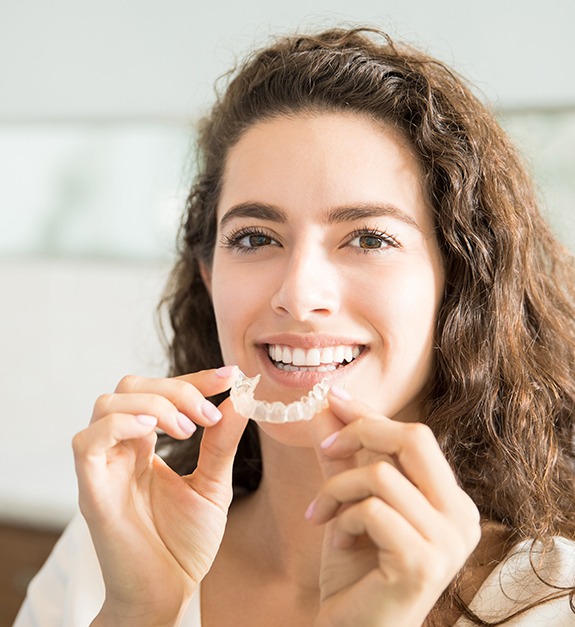
Why Choose Aesthetic & Family Dentistry of North Bethesda for Orthodontics?
-
Discreet Clear
Aligners -
Treatments for
Teens and Adults -
A Team of Caring
Dental Experts
Invisalign® Clear Braces
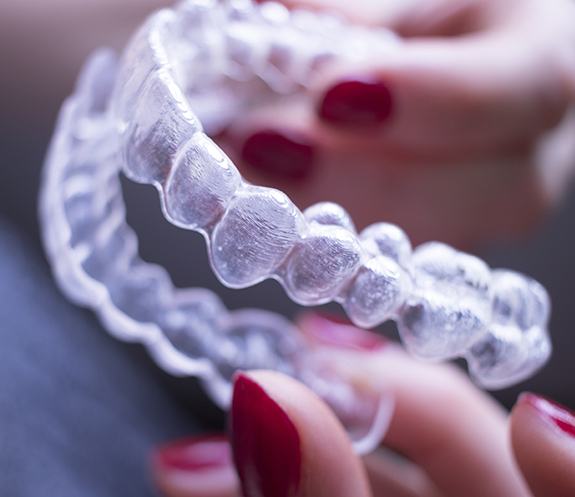
At Aesthetic & Family Dentistry of North Bethesda, we want everyone to be able to enjoy their best possible smile. Thanks to Invisalign, you no longer have to overcome your aversion to metal brackets and wires to correct crooked teeth. You can instead wear convenient see-through Invisalign aligners that will let you continue living your life as you normally would.
How Does Invisalign Work?
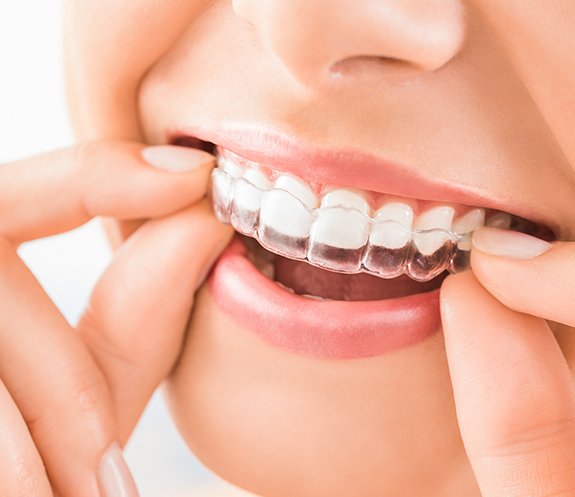
The Invisalign process involves a series of alignment trays that exert small amounts of pressure on the teeth to move them into place. First we need to scan your mouth with our 3D digital X-ray. Unlike a traditional 2D X-ray, these scans will give us a more complete picture of your bite, allowing us to create a digital impression of your teeth that can be used to create a number of clear aligners. Once you’ve received your aligners, it’s all a matter of wearing them for about 20 to 22 hours every day and switching to the next one in the series when the time comes, which is typically every two weeks or so.
You’ll need to come back to our dental office every six weeks or so to make sure that your teeth are moving in accordance with our expectations. If the proper movements aren’t being made, you may need to return to an earlier aligner, or you might have to wear your current aligner for slightly longer. The upside of Invisalign is that it’s removable, and while you do need to keep it in your mouth for most of the day, you can take it out for meals, allowing you to enjoy all of your favorite foods. You’ll also be able to continue your normal dental hygiene routine; the only change will be that you’ll need to brush your aligners along with your teeth.
Benefits of Invisalign
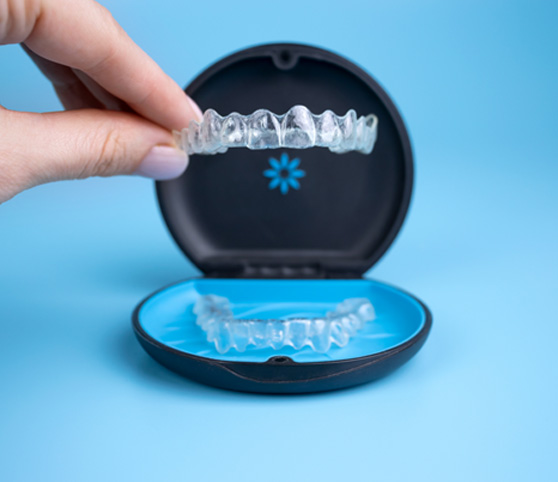
Straightening your smile can improve your oral health while simultaneously enhancing your appearance, but many patients question whether Invisalign is the best option to meet their unique needs.
Once you’ve consulted Dr. Obholz, she’ll recommend an appropriate solution for your individual circumstances. Continue reading to learn about the many advantages of choosing this alternative to traditional orthodontics, and please don’t hesitate to contact us for more information!
Discreet Aligners
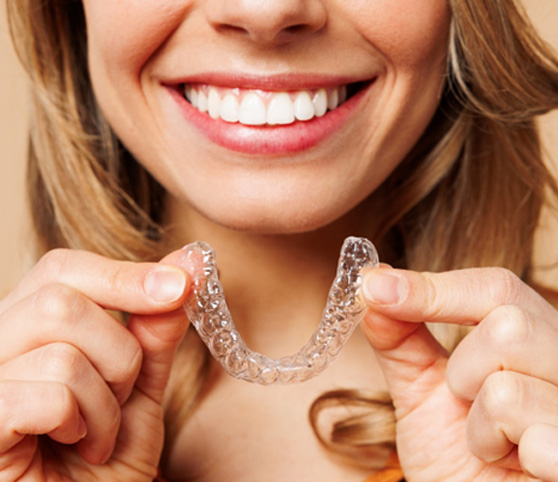
Standard braces rely on metal brackets and wires that easily attract unwanted attention, but the clear trays of Invisalign are much less visually intrusive. The transparent material allows your natural enamel to shine through so that you look and feel like the best version of yourself throughout your treatment.
Enhanced Comfort
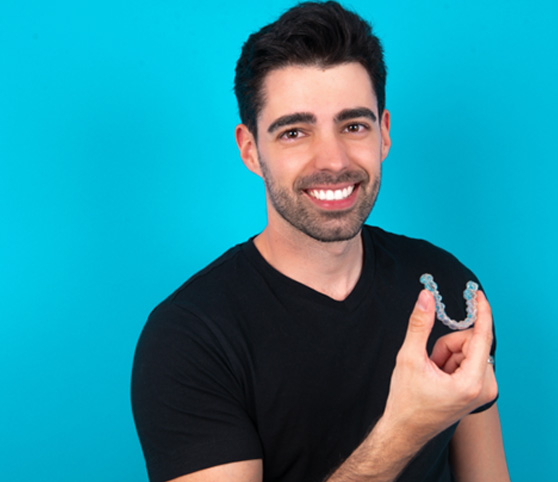
Not only is the smooth plastic material less noticeable than bulky orthodontics, but it’s also considered much more comfortable. It won’t poke or cut the tender tissues inside your mouth like the sharp corners and ends of brackets and wires. Plus, the consistent but gentle pressure exerted by these trays tends to cause fewer aches than the traditional method.
Easier Dental Hygiene
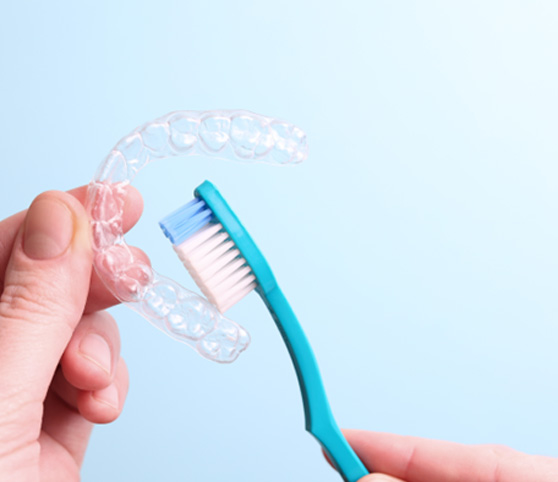
You’ll need to wear Invisalign for most of the day and night for it to be effective, which gives trapped germs or leftover food plenty of time to thrive and cause oral issues, like cavities or gum disease.
Thankfully, maintaining your smile is easy because the trays are removable. You’ll need to take them out at least twice daily to thoroughly brush and floss your teeth. Also, be sure to scrub the plastic with a soft-bristled toothbrush and clear dish soap that won’t hurt it.
Faster Follow-Ups
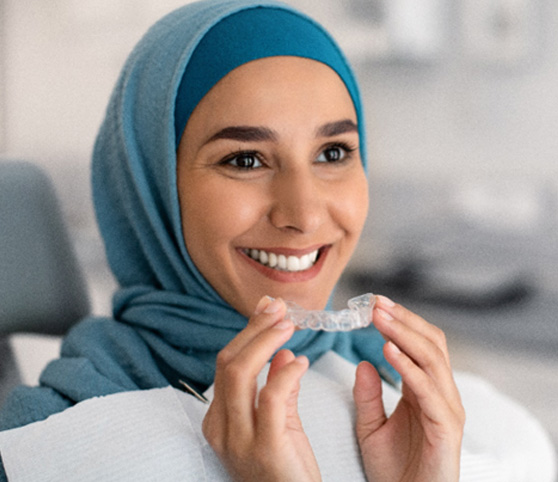
Standard orthodontics often requires lengthy follow-up appointments that involve making adjustments to the pressure of the archwire threaded through the braces. Although you will indeed need to visit Dr. Obholz about every six to eight weeks throughout your treatment, these appointments can be as quick as 15 to 30 minutes.
Our team will check your progress, provide your new trays to switch to, and send you on your way!
Improved Confidence
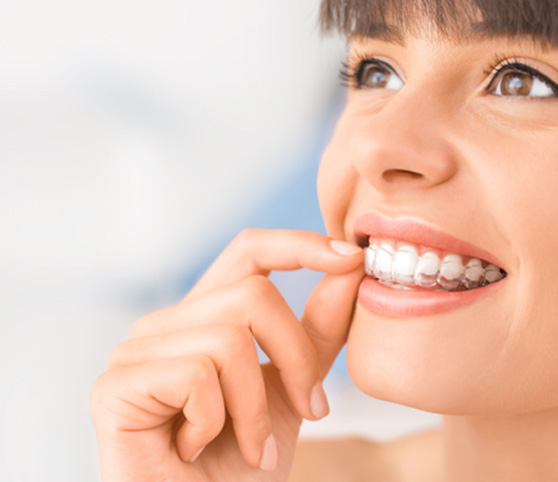
Unsightly metal braces and wires can leave you feeling so self-conscious that you avoid spending time with others or engaging in meals or conversations that might reveal your teeth. Meanwhile, Invisalign allows your smile to remain visible as it is enhanced, so that you look and feel like the most attractive version of yourself the entire time.
Non-Invasive Method
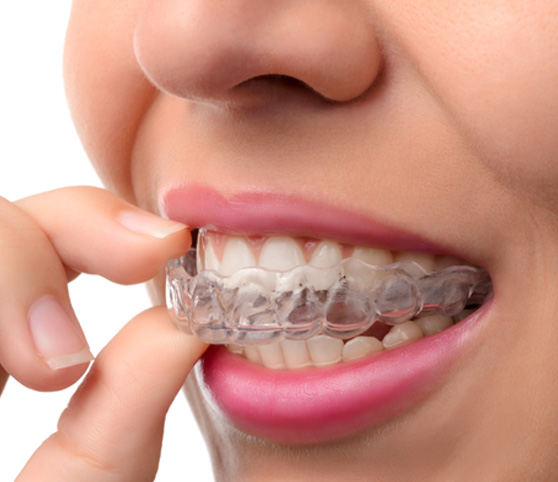
Because the aligners are removable, this method is considered less invasive than the standard method. It requires fewer alterations to your daily lifestyle and habits, making it easier to adjust to. For instance, you don’t need to change your diet or dental hygiene routine for it to be effective.
Who Can Invisalign Help?
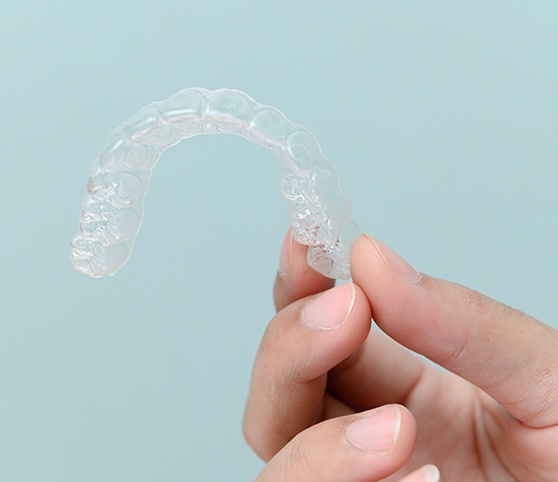
Are you interested in learning who Invisalign can help? More specifically, if Invisalign can help you achieve the straight smile you’ve always wanted? If so, you’re in the right place! Below, you will find some of the orthodontic problems clear aligners can correct, but don’t hesitate to give us a call if you’re ready to schedule your consultation.
Crowded Teeth
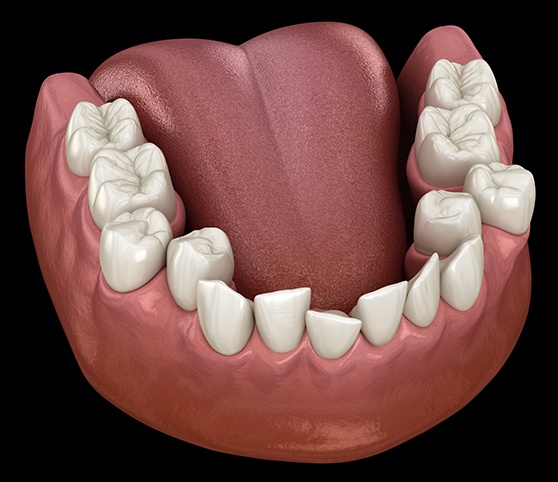
Do your teeth crowd together, causing them to rotate out of position? While there was once a time when traditional braces were the only option, Invisalign is now an option as well. So, if you are ready to leave crooked teeth in the past, take the next step: schedule a consultation at our North Bethesda dental office! That way, we can complete a comprehensive oral exam, review your dental history, and determine if clear aligner treatment is right for you.
Gaps Between Teeth
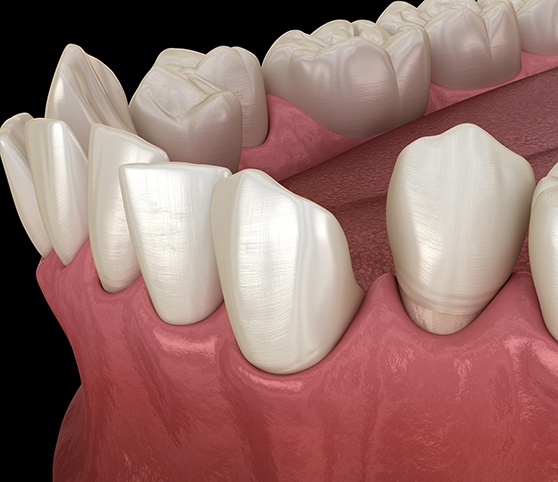
If you have noticeable gaps between your teeth, then you know first-hand how easily food particles and other debris can get caught. Unfortunately, this isn’t just a minor annoyance; it’s something that can increase your risk of common oral health problems, including tooth decay. The good news is that Invisalign can give you a smile that’s healthier and more aesthetically pleasing. Plus, your journey to it won’t involve noticeable brackets or uncomfortable wires!
Overbite
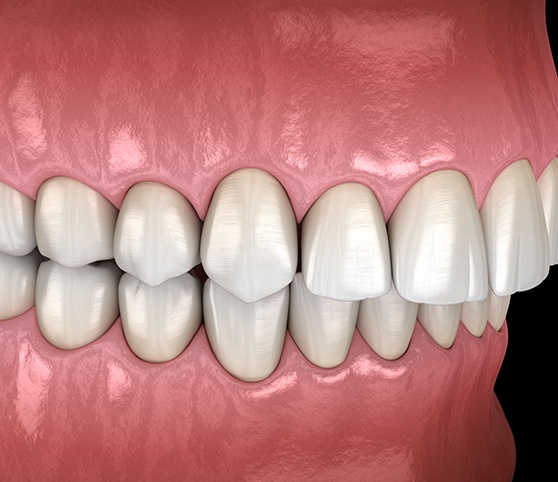
Do your upper teeth jut out beyond your lower ones considerably? If so, you may have an overbite. Unfortunately, even in minor cases, this orthodontic problem can lead to several issues – from chronic jaw pain to trouble enunciating clearly. So, don’t take the “wait and see” approach. Instead, schedule a consultation with us so we can determine if you’re a candidate for Invisalign. If you are, then there’s a good chance you’ll achieve the results you desire in just 12-18 months!
Underbite
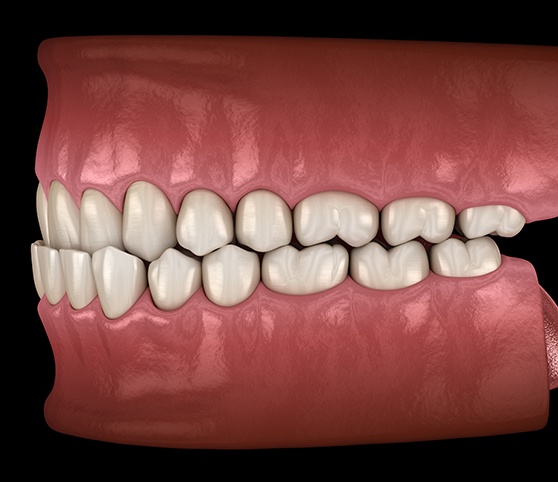
What if you have the opposite problem (your upper teeth sit behind your lower ones)? If that’s the case, then there’s a good chance that you have an underbite. Unfortunately, this bite problem can negatively impact everything from your self-esteem and oral health to your speaking patterns. If you’re a good candidate for Invisalign, then we can use the clear aligners in tandem with other orthodontic accessories, like rubber bands, to bring your bite into proper alignment.
Crossbite
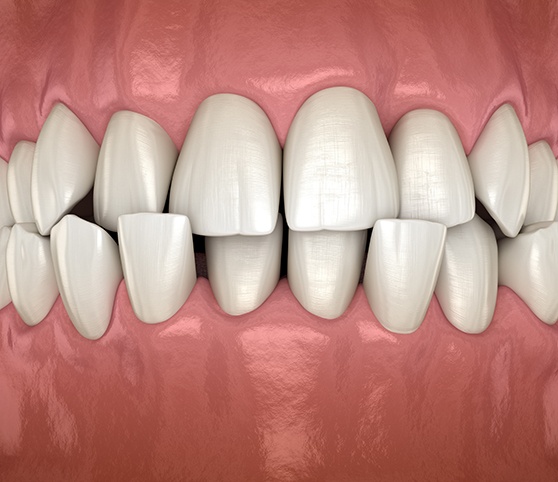
If you have a crossbite, then you know exactly how difficult it can be to chew properly, enunciate clearly, and smile confidently. In the past, there was one solution: metal braces. However, that’s no longer the case. In fact, countless patients have straightened their teeth and aligned their bites with Invisalign. So, if you have been waiting for the day when orthodontic treatment didn’t involve noticeable brackets and wires, it’s here!
Open Bite
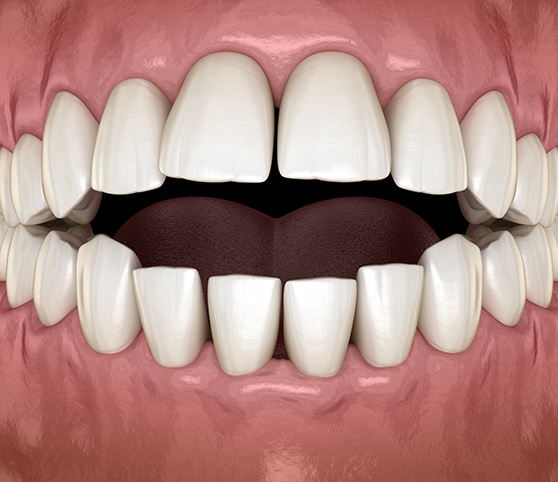
Open bites, like the other bite problems on this list, can take a toll on your oral health and increase your risk of dental damage. Also like the other bite problems on this list, Invisalign is often a solution for patients with mild to moderate cases. To find out if you’re a candidate, give us a call and schedule a consultation!
Understanding the Cost of Invisalign
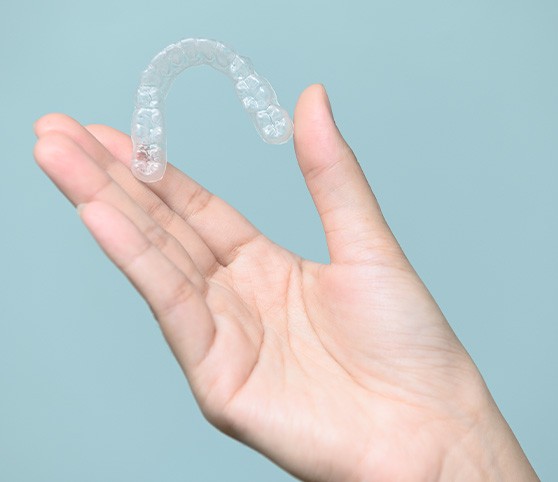
If you’ve been looking for the cost of Invisalign online, but have had a hard time finding the answer, it’s because there are several factors that need to be considered. The good news is you can find out what those are in this next section! You’ll also find some other helpful information pertaining to the cost, including if dental insurance providers typically cover a portion of it.
Factors That Affect the Cost of Invisalign
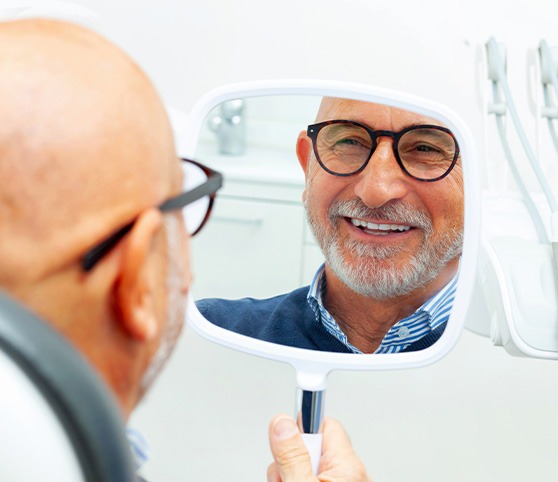
At your consultation, we will complete a comprehensive oral exam to determine if you’re a good candidate for Invisalign. If you are, then we will get to work on your custom treatment plan, keeping in mind:
- If any preliminary treatments are needed
- If single-arch treatment is possible
- How many aligners need to be made
- If rubber bands, attachments, or buttons are needed
- The type of retainer you need
Then, we can provide you with an estimate of the cost and discuss the different ways to make it fit into your budget.
Invisalign vs. Mail-In Aligners: Which Costs More?
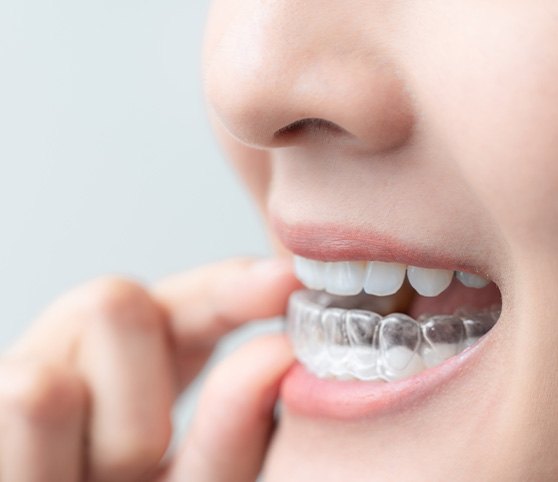
Almost always, mail-in aligners cost less. That said, they aren’t worth your valuable time and money. There are a few reasons for this, including that they require you to take your own impressions (which is difficult to do), and they usually aren’t overseen by a licensed dental professional. That’s why it’s best to go with a reputable and reliable orthodontic treatment, like Invisalign, even if it requires a higher upfront investment.
Does Dental Insurance Cover Invisalign?

Some dental insurance plans do include a once-in-a-lifetime orthodontic benefit. So, it’s worth reading through the fine print on yours. If you need any assistance, don’t hesitate to let us know! We’re proud to welcome several of the nation’s leading providers, including Aetna, Humana Dental, and GEHA, and we’d be happy to do our part to make understanding and utilizing your benefits easy.
Options for Making Invisalign Affordable

If you don’t have dental insurance at the moment, that’s okay! Our patients can also save with:
- Flexible financing – Invisalign financing in North Bethesda is possible thanks to trusted third-party financiers, like CareCredit and Cherry.
- Our in-house dental savings plan – When you join, you get immediate access to several considerable perks, including $500 off Invisalign.
If you are interested in learning more about either of these financial solutions, or you have any other questions for us about the cost of Invisalign, don’t hesitate to give us a call!
Invisalign FAQs
Does Invisalign Hurt?
If you’ve been putting off straightening your teeth because you’re worried that clear aligner treatment will hurt, you have nothing to worry about, especially since Invisalign is considerably more comfortable than traditional braces. Any soreness you do experience will likely be limited to the hours following the transition to a new tray, which is when your teeth are moving the most. The good news is that you can alleviate this discomfort with a few simple steps, including taking OTC pain medication, sipping on cool water, and avoiding crunchy, sticky, and hard foods.
Does Invisalign Give You a Lisp?
Following whether or not Invisalign is painful, another common concern that patients have is if they will develop a lisp from the aligners. The short answer is “no.” In fact, the overwhelming majority of people who chose this teeth-straightening treatment reported no changes to their speaking pattern. If you’re a part of the small percentage that do, don’t worry – it’s not permanent; your tongue just needs some time to adjust.
How Long Does Invisalign Take?
The average treatment timeline with Invisalign is 12-18 months, which is quite short since traditional braces usually take 2-3 years. Ultimately, the time it takes to straighten your teeth will depend on factors unique to you, including how complex your case is and how well you follow the treatment guidelines. That said, we will provide you with an estimate at your consultation, and we’ll share all of our tips and tricks for staying on-track with your plan to avoid unwanted delays.
Is There Anything You Can’t Eat with Invisalign?
Technically, there aren’t any foods that are completely off-limits. There are, however, some that we recommend avoiding during clear aligner treatment. Sour candies that are gummy in texture are a great example because they are acidic, sticky, and sugary, which is a recipe for disaster when it comes to your oral health. You should also exercise caution with crunchy foods, like popcorn, tortilla chips, and hard pretzels since they increase your risk of a tooth chipping or an attachment coming off.
What If I Lose My Aligners?
If you can’t find your aligners, it’s important that you call us ASAP to let us know. After all, each minute you’re not wearing them increases the chances of delays.
Note: If your trays aren’t where you left them, do your best to retrace your steps, starting from the last place you know you had them. There’s a chance that they have fallen onto the floor or into a random crevice, like the space between your nightstand and your bed.
Can I Drink Coffee with Invisalign?
You can drink coffee during your teeth-straightening journey, but there is a caveat: you need to remove your aligners first. If you don’t, then they will stain, making your orthodontic treatment considerably less discreet.
